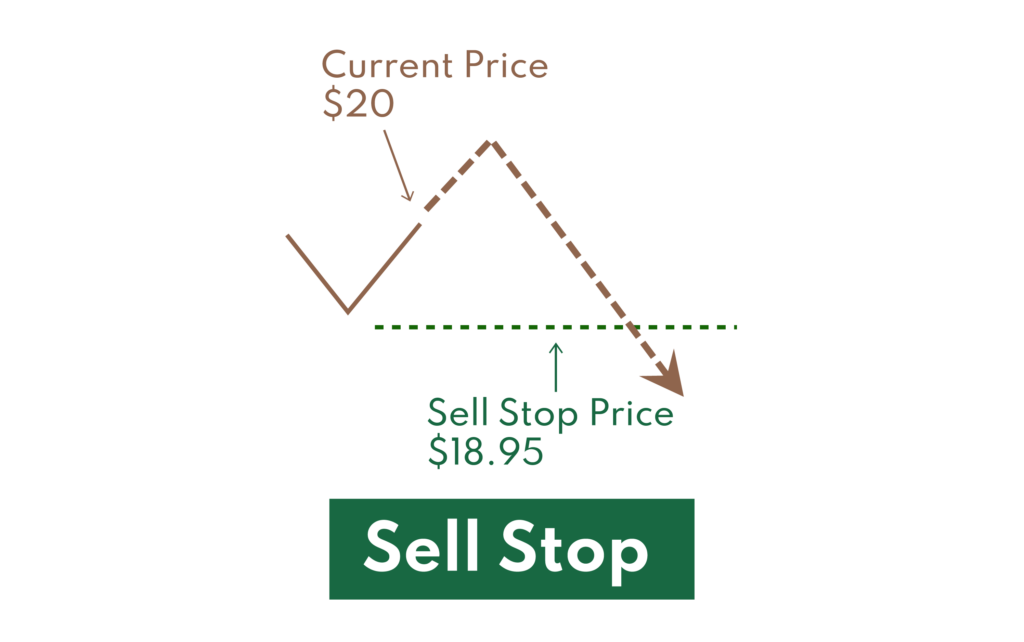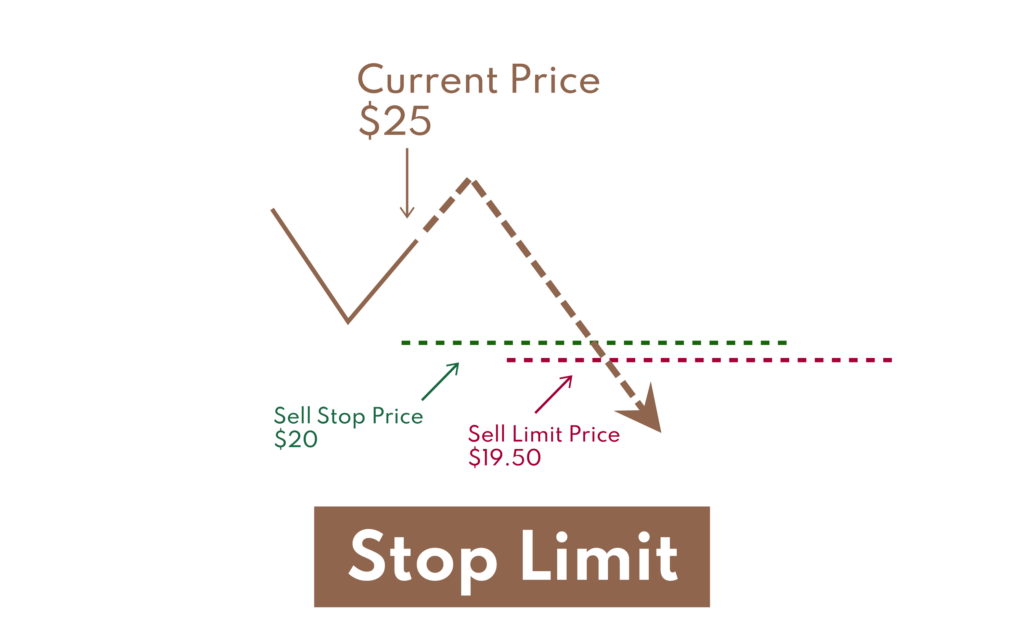Trading stocks involves more than just securing the best price. Investors also try to control the timing and the number of shares traded through different order types. Different order types can result in vastly different outcomes, so it’s important to understand and select the right order type when trading securities. Think of each order type as a tool with its unique purpose. Whether your goal is filling your order quickly, controlling the price of your trade, or limiting losses, you want to determine which order type will work best to achieve your desired outcome.
Every investor should know these three main order types: market, limit, and stop orders.
Market Orders
Market orders allow traders to buy or sell securities at the best available price in the market when their order is sent for execution. When buying, investors pay the Ask price or close to it; when selling, they receive the Bid price or close to it, depending on volume and liquidity. During normal trading hours, market orders are usually filled almost instantly.
A market order is generally appropriate when you estimate that the stock is priced right, when you are sure you want to fill an order, or when you want immediate execution.
The main drawback with market orders is that they can be expensive to execute, especially when the order is placed in a market for a thinly traded security or when the order is large relative to normal trading activity. In that case, a market buy order may fill at a high price, or a market sell order might fill at a low price if no traders are willing to trade at better prices.
Limit Orders
Buyers and sellers concerned about trading at unacceptable prices add limit price instructions to their orders. An order with a limit price instruction is called a limit order. A limit order will also obtain the best price immediately available, but it allows you to set a limit price.

You can specify the maximum price you’re willing to pay for a buy limit order, which is entered at a limit price at or below the current market price.
For a sell limit order, specify the minimum price you’re willing to sell. A sell limit order is entered at a limit price at or above the current market price.

Limit orders will only execute at your specified price or better, giving you more price control than a market order. The main disadvantage of limit orders is that they may not execute. Limit orders do not execute if the limit price on a buy order is too low if the limit price on a sell order is too high, or during periods of high market volatility. On average, limit orders fare a better outcome than market orders, but they often do not get executed, resulting in missed trading opportunities.
Stop Orders
A stop order is used to buy or sell securities when the market price reaches a specified value, known as the stop price. If the stock reaches the stop price, the order becomes a market order and is filled at the next available market price. The order isn’t executed if the stock fails to reach the stop price.
A buy-stop order becomes valid only after a price rises above the specified stop price and the current market price. Traders typically use buy-stop orders when they believe an asset’s price will continue to rise once it surpasses a certain resistance level.

Stop orders are often called “stop-loss” orders because they’re used to minimize losses on existing positions. A sell-stop order becomes valid once a trade occurs at or below the stop price. For example, a trader may set a sell-stop order below the current market price to limit potential losses if the price drops further.
Stop orders are frequently used as risk management tools, allowing traders to automate exiting a position if the market moves against them.

Because stop-sell orders become valid when prices fall, and stop-buy orders become valid when prices rise, traders using stop orders can influence market momentum. Their sell orders drive prices lower during downturns, while their buy orders push prices higher as trends ascend.
A stop-limit order combines a stop order and a limit order. It gives traders even more control by specifying stop and limit prices. When the market price reaches the stop price, the stop-limit order becomes a limit order, and the trade will only be executed at or better than the specified limit price.

Stop-limit orders are appropriate in volatile markets with rapid price changes. They allow traders to set exact price levels for trade execution and mitigate the risks associated with slippage or unexpected price gaps. The main disadvantage of stop-limit orders is that they are not guaranteed to execute. They will not be filled if the specified price conditions are not met, which could lead to missed opportunities.
Understanding the diverse range of order types available to traders, such as market orders, limit orders, and stop orders, is essential for optimizing trading outcomes. By mastering these fundamental order types and incorporating them strategically, traders can navigate the complexities of the market with greater precision and confidence, ultimately improving their overall trading success.






